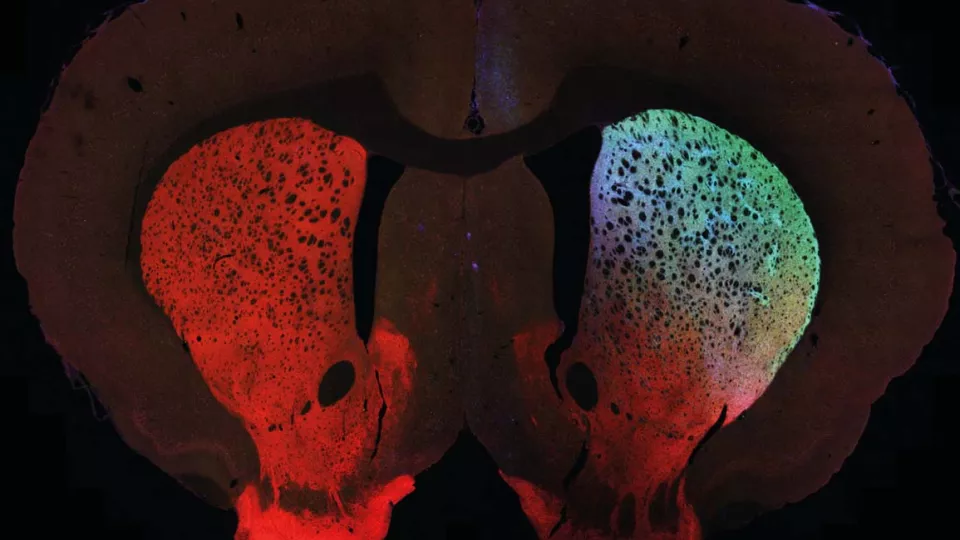Can you shortly describe the research topics included in your SIG?
The Brain Circuit Analysis Special Interest Group studies neuronal circuits in health and disease using advanced methods for the perturbation and recording of cell activity.
Which of MultiPark’s strategic goals does it best align with?
Our work targets several of the strategic goals. It is essential to stay at the forefront of the rapid developments of technology in neuroscience to capture their potential of generating tomorrow’s therapies and diagnostics. We will help maintain MultiPark-supported state-of-the-art platforms and implement new technologies and concepts to ensure that our strong neuroscience environment remains at the international forefront.
Furthermore, collaborative efforts within our SIG may help to elucidate disease mechanisms at circuitry levels, eventually guiding the development of new therapies, such as restoration of lost brain functions based on cell- and gene-based replacement strategies. Additionally, we use these technologies to characterize new animal models that better recapitulate disease-related pathology. This is key for mechanism-oriented studies and drug screening.
What are your overarching goals?
We want to create an environment of interactions, sharing and collaboration between groups. Other goals are to educate MultiPark researchers and inform each other about existing technologies available in the network. Hopefully, working together facilitates the implementation and development of techniques that enable brain circuit analysis.
What activities do you plan?
Topics relevant to our SIG will be covered in the Driver Seat Neuroscience Talks seminar series. We are also organizing this year’s Segerfalk Minisymposium (3rd of May 2023) as well as a Driver Seat Talks day explicitly focusing on Brain Circuit Analysis.
How many early-career researchers (PhD students, postdocs) are affiliated with this SIG?
Around 20.
How do you think that these early-career researchers can contribute to the SIG?
An open environment is especially important if you are new at the workplace. I hope that Ph.D. students and postdocs will feel included and contribute to this. They are also often the researchers who carry out most of the hands-on work, so they will implement the technologies. Moreover, we believe they will contribute to sharing/discussing techniques and new findings.
Anything else you would like to communicate regarding your SIG?
I really want to stress that it is open to anyone who wants to join. It would be great to integrate as many techniques as possible and to foster new collaborations.




